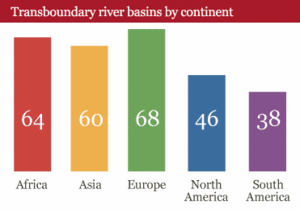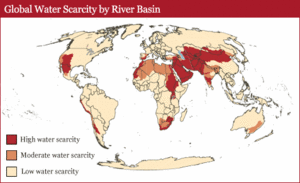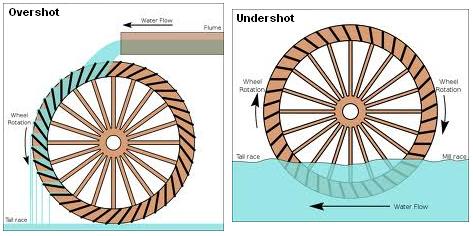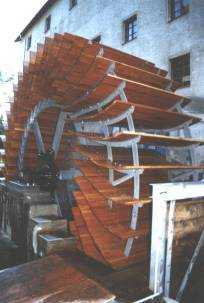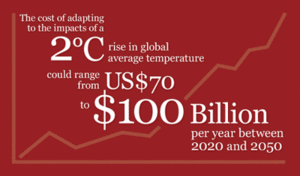 The IPCC predicts with high confidence that water stress will increase in central and southern Europe, and that by the 2070s, the number of people affected will rise from 28 million to 44 million. Summer flows are likely to drop by up to 80% in southern Europe and some parts of central and Eastern Europe. Europe’s hydropower potential is expected to drop by an average of 6%, but rise by 20–50% around the Mediterranean by 2070 (Alcamo et al., 2007).
The IPCC predicts with high confidence that water stress will increase in central and southern Europe, and that by the 2070s, the number of people affected will rise from 28 million to 44 million. Summer flows are likely to drop by up to 80% in southern Europe and some parts of central and Eastern Europe. Europe’s hydropower potential is expected to drop by an average of 6%, but rise by 20–50% around the Mediterranean by 2070 (Alcamo et al., 2007).
The cost of adapting to the impacts of a 2°C rise in global average temperature could range from US$70 to $100 billion per year between 2020 and 2050 (World Bank, 2010). Of this cost, between US$13.7 billion (drier scenario) and $19.2 billion (wetter scenario) will be related to water, predominantly through water supply and flood management. Read more

